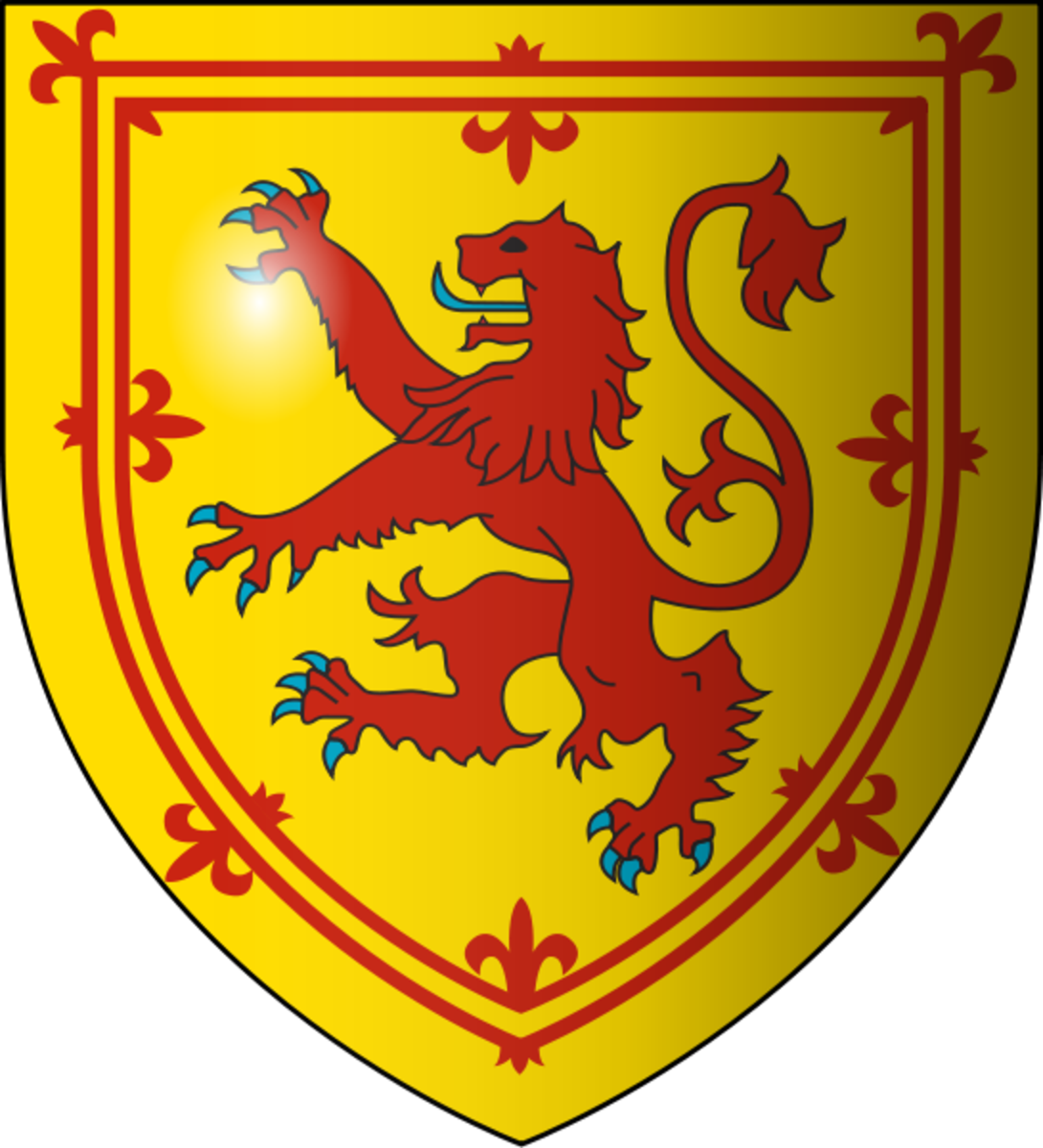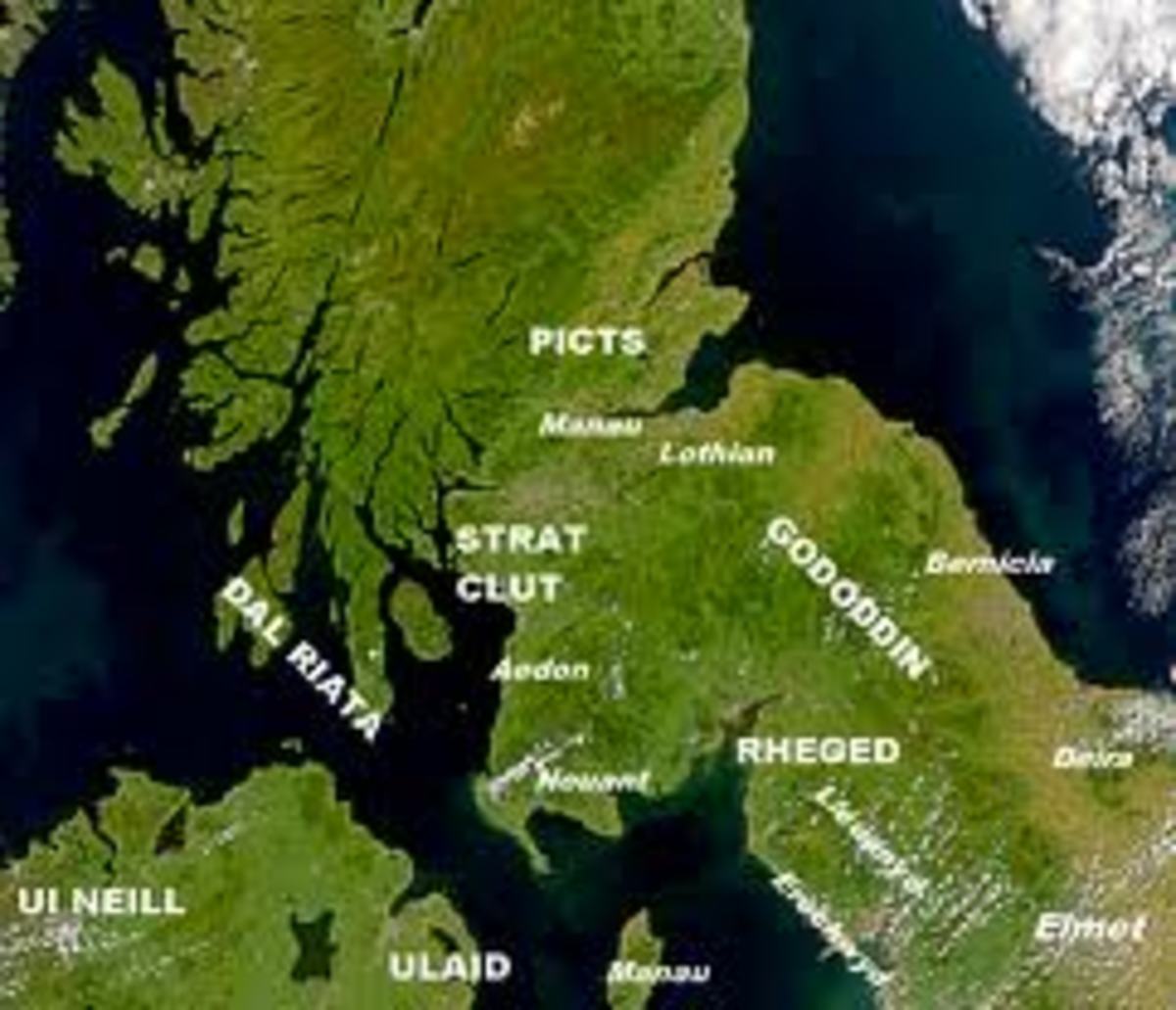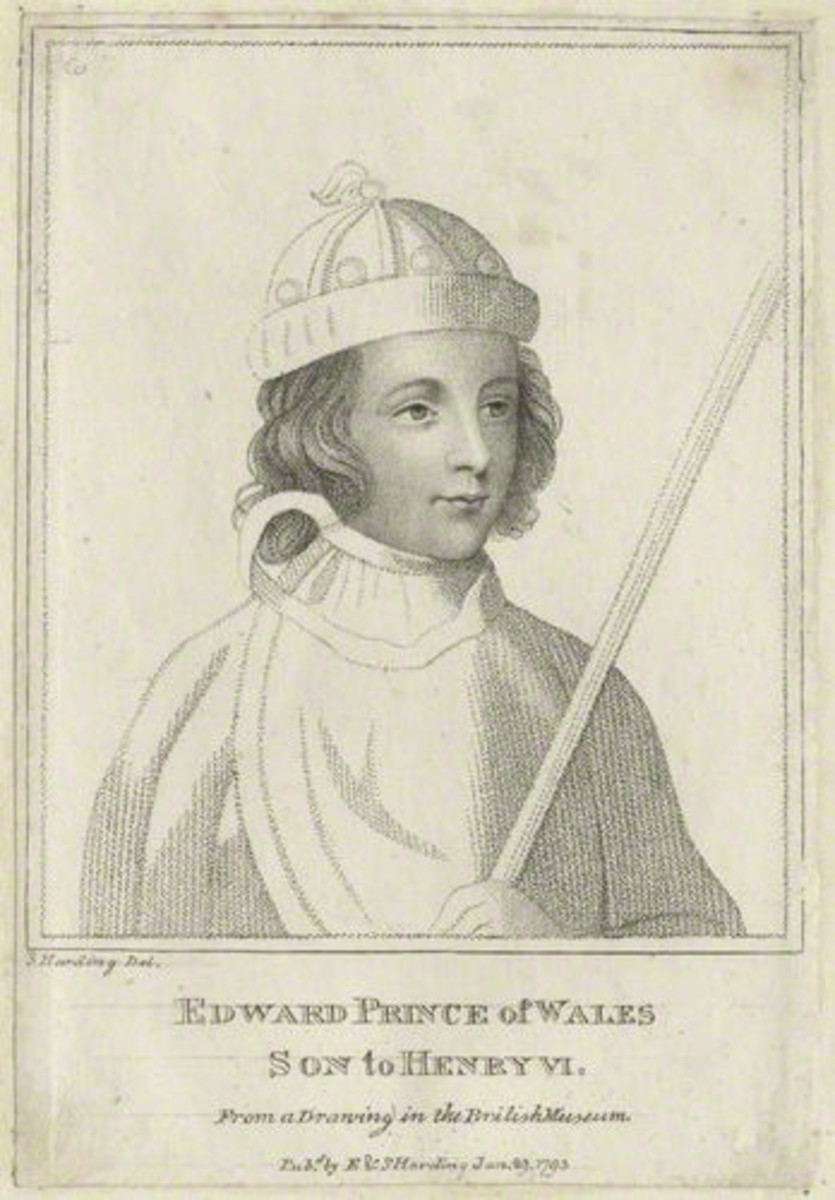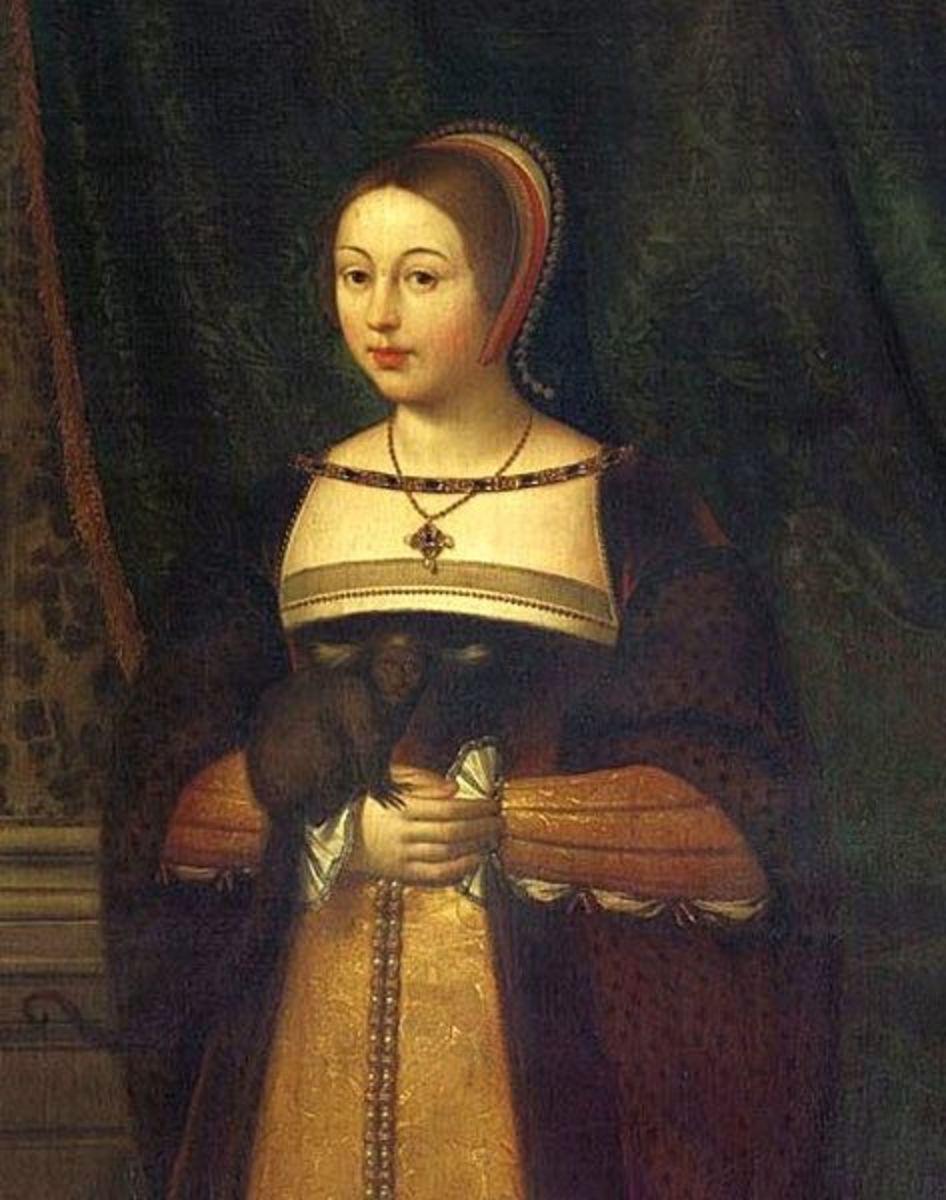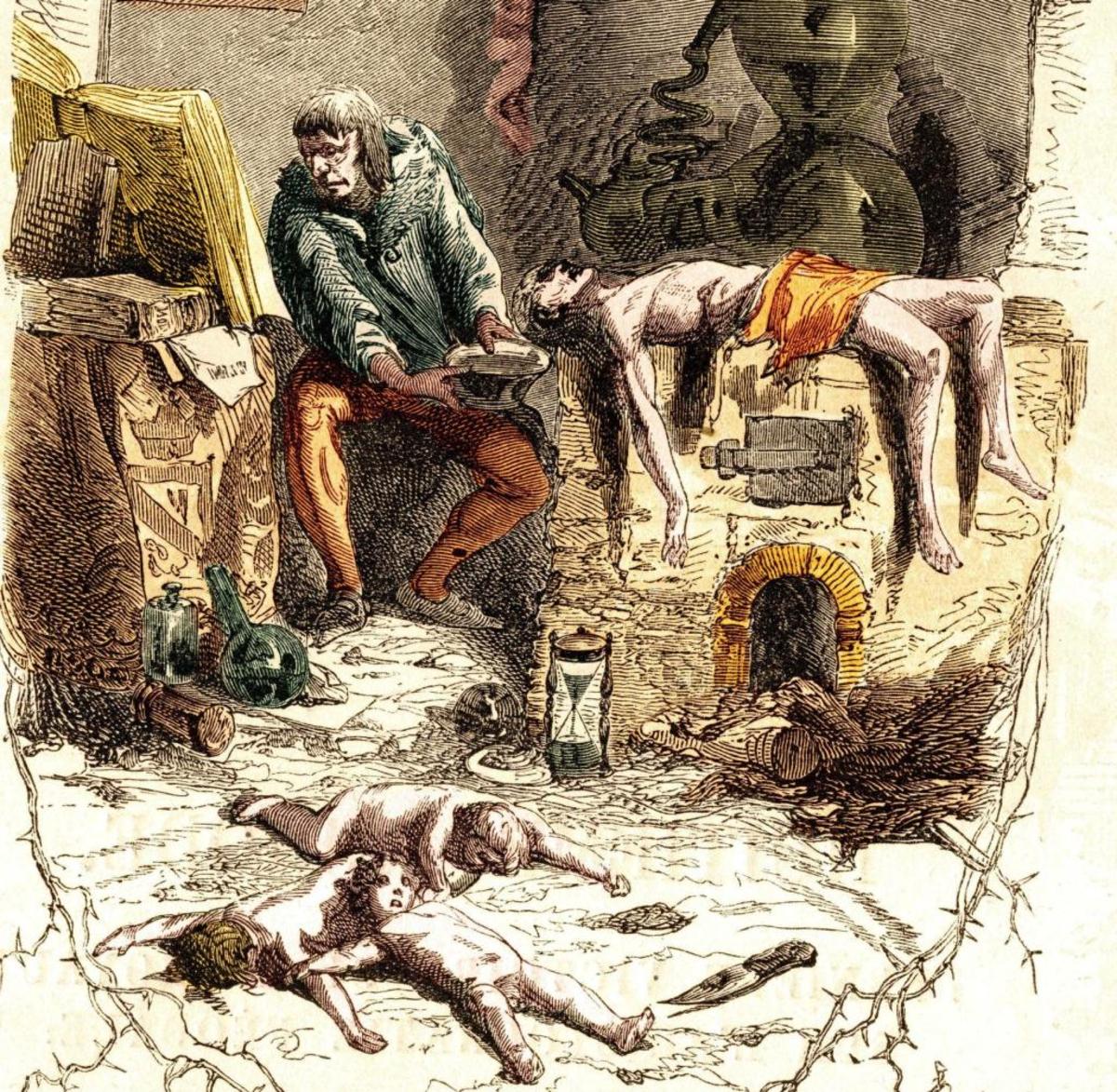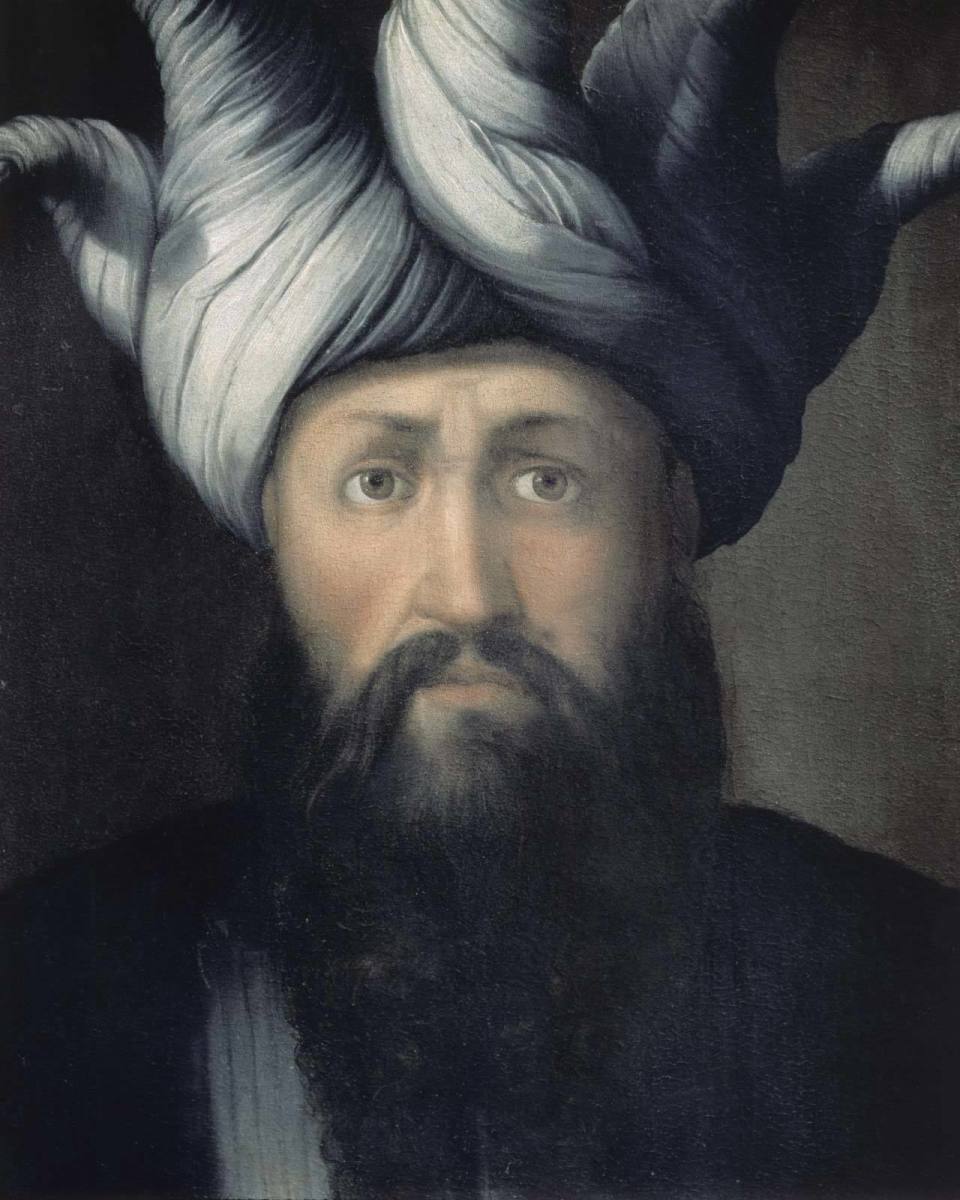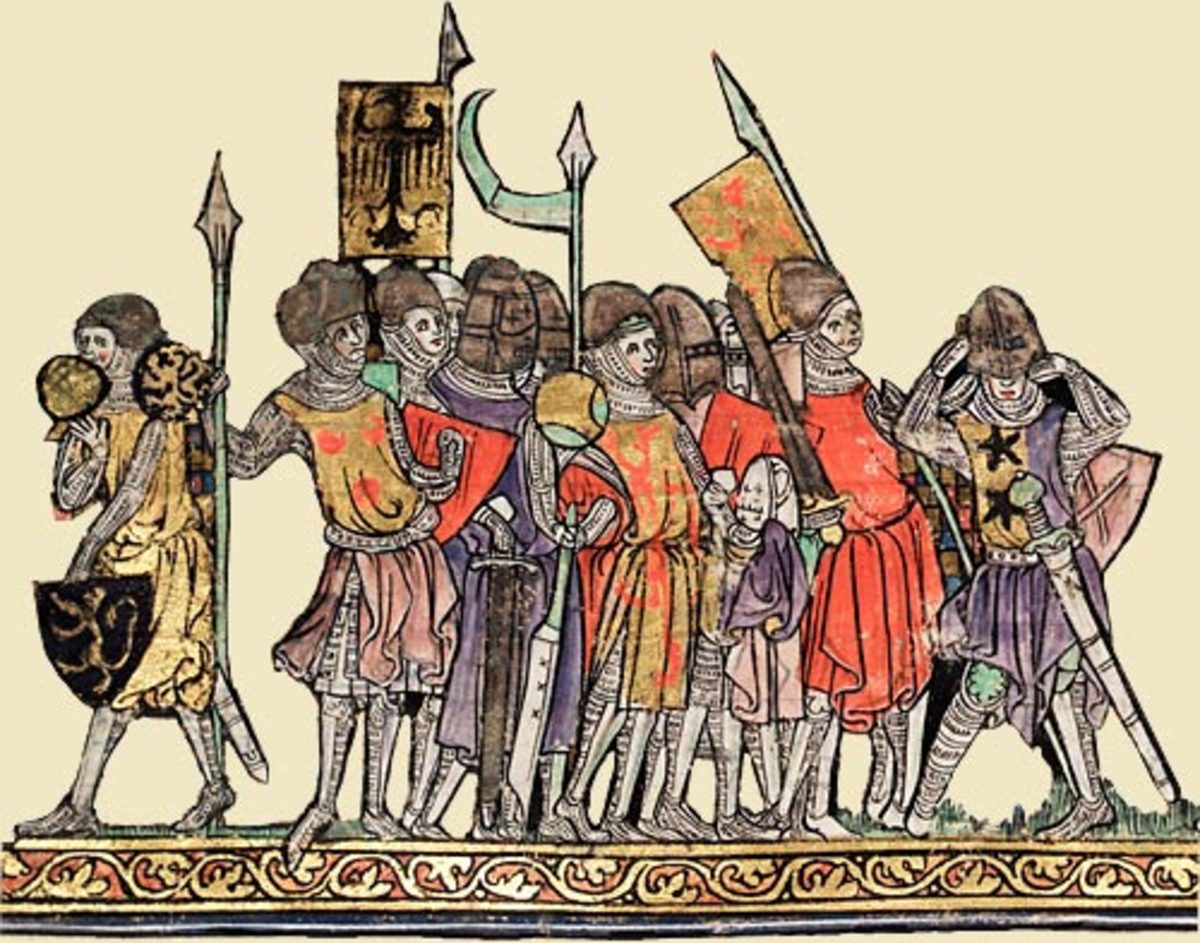The Scottish Wars of Independence: Background
A King's Castle
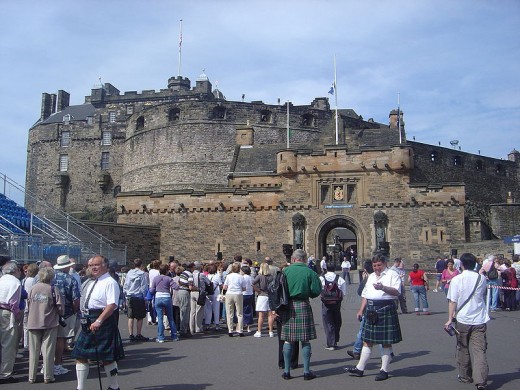
A Tragic Accident
On the 18th March 1286 King Alexander III of Scotland was tidying up some business at Edinburgh Castle. With all his affairs in order, he announced his intention to ride to Kinghorn, where his new, young wife waited for him. However, it was dark and stormy outside; Alexander’s advisers pleaded with him to reconsider. But the stubborn King was deaf to their pleas and rode out into the night with a small escort.
Along the way, the King became separated, probably due to the adverse weather conditions, and was never seen alive again. The next day, Alexander’s lifeless body was found, his neck broken, presumably after falling from his Horse. The King was dead, but what was a tragic accident would quickly mushroom into a crisis, for the old King had no direct heirs. His only son had died two years previously.
For a few weeks, hope remained kindled through the prospect of the King’s widow possibly being pregnant. A young ruler would be problematic, but it was a problem that could be overcome. Unfortunately the Queen was found not to be with child, which further exasperated the crisis. Scotland had lost its King, and there seemed to be nobody eligible that could replace him.
Seal of Approval
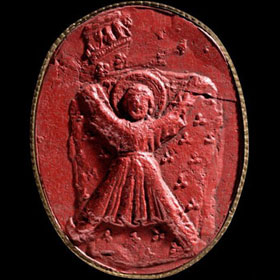
Crisis Meeting
King Alexander did, in fact have one surviving heir, his three year old granddaughter, Margaret, known as the Maid of Norway, through her father, who was King Eric of Norway. He had married Alexander’s daughter, but she had died during childbirth. Handing over the Kingdom of Scotland to a three year old child posed considerable problems. The first major issue was mortality, most children born at the time failed to reach their fifth birthday, and the children of the nobility were of no exception. The second issue concerned regency, if the Queen were unable to rule, who would act as Regent? You might think that would be easy, considering the number of Scottish nobles, but they distrusted each other. If one was to be chosen, the others would become resentful, to the point where they might ignite a civil war. The last issue was marriage; at the time, even as adults, women were deemed unfit to rule alone. So the future Queen would need a suitable husband. Again the only option open was to choose from amongst the nobles, but for the same reasons as before it was a non-option.
Despite these obvious problems, a meeting was called at Scone in April 1286, where the Nobles came together and agreed to put their differences and personal ambitions to one side, for the good of Scotland. The meeting concluded with the election of six men (two Earls, two Barons and two Bishops) to govern Scotland until Margaret came of age. These men came to be known as ‘The Guardians of Scotland’. As well as ruling the Kingdom, they also set out to look for a husband for the future Queen. They chose none other than Prince Edward, son of Edward I of England. King Eric of Norway watched these proceedings with interest, but he was also fearful that Edward would sideline the guardians. He desperately wanted his daughter to be Queen, so he sent envoys to England to force the issue with the English King.
Edward makes his Demands
In 1289 Edward drew up the Treaty of Salisbury, demanding that Margaret be handed over to him and raised in the English Court. He agreed to return her to Scotland when she was old enough. This was a rather unusual stipulation to make at the time, and opinions differ among historians as to why Edward demanded this.
It could well be, given Edward’s reputation, that he was already beginning to contemplate subtle ways in which he could exert his authority over Scotland. When you think about, it makes sense, because he had already gone to great lengths to exert authority over Wales seven years earlier.
Scottish Agreement
In July 1290, the Scottish Guardians and envoys of Edward agreed the marriage that would bind Margaret and Prince Edward together, in a document called ‘The Treaty of Birgham’. The document was very detailed, but it basically put a series of safeguards into place to preserve Scotland, as an independent country:
- Edward had to respect the border that lay between the two countries, and also the independence of the two countries.
- Edward also had to agree that no parliament governing Scotland would be held in England.
- Scottish laws, customs, rights and freedoms were to be preserved.
- The Scottish church would remain free of any interference from its English counterpart.
Strangely most historians don’t believe that Edward was pursuing Lordship of Scotland at this time. It’s strange because at the same time the treaty was signed; he seized the Isle of Man from Scotland, and also insisted that the Bishop of Durham help rule Scotland in the name of Margaret, rather than the Guardians.
An Aerial Photo of the Orkney Islands
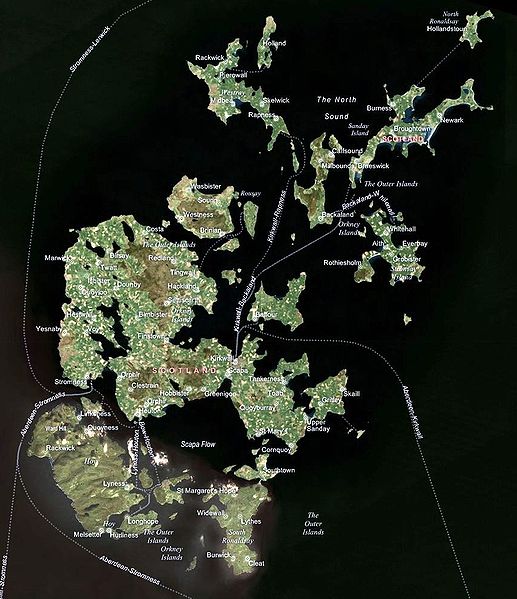
Another Tragedy
In September 1290, Scotland was crippled by another catastrophic tragedy. The young Princess Margaret was embarking on a sea voyage from Norway to Orkney, but died soon after her arrival on the tiny Scottish Island. It’s thought that she contracted pneumonia and failed to recover. Civil war loomed large, one of the six guardians was particularly fearful of the ambitions of one Bruce Bishop Fraser of St. Andrews. So he wrote a letter to King Edward asking for his help, to which he agreed. The Guardians wanted the King to choose between 13 candidates who felt they had a claim to the vacant throne. The other Guardians for the most part were satisfied with this. Of the 13, Robert Bruce, Lord of Annandale, grandfather of Robert the Bruce and John Balliol thought they had the best argument in legal terms. However, the others were all too aware of Edward’s expertise on law and became suspicious of his motives.
Northam Castle Today
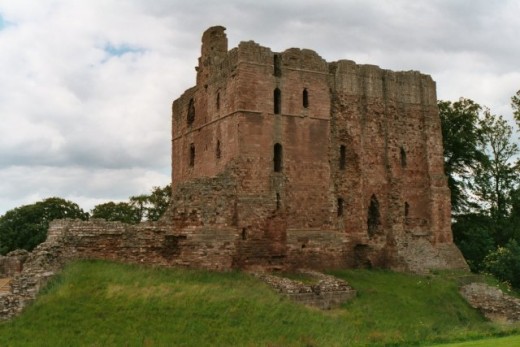
The Great Cause
Edward called a meeting at Norham in 1291 with the Guardians, and astonished them by demanding that they accept him as overlord before making a decision. You might think that it would be easy for the Guardians to simply refuse; but Edward, being a Norman King had made sure to bring his army with him to intimidate the Scots. It would have been easy for the Scots to quiver, tremble and give in to the ruthless English King, but they were clever. They told Edward that only a King could deal with such a request, they told him that he needed to pick a King before he could be declared overlord.
The task of picking the new King became known as ‘The Great Cause’. There were thirteen candidates or fourteen if you include Edward. But only three had any serious claim, and they were all descendants of David, Earl of Huntingdon, who in turn was descended from David I of Scotland. In orders for his ambitions to come true, Edward demanded that all of the claimants accept this, before he made any decision. The others agreed without question, as none wanted to be left out of the competition.
Portrait of a King
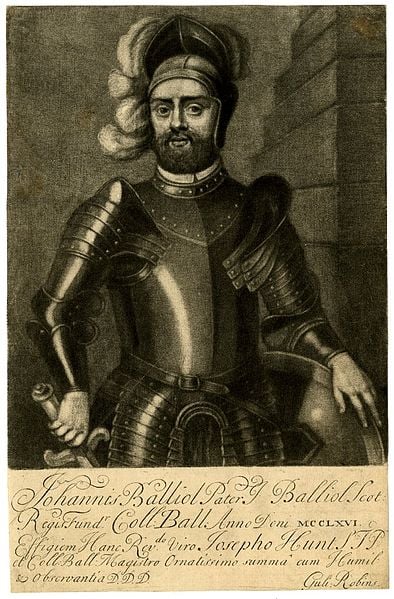
The Decision
On the 17th November 1292, after 13 months of tireless debate and argument, Edward selected John Balliol to be King John of the Scots. Edward’s selection was swayed by the fact that Balliol was able to make the better legal claim. However, some of the candidates thought differently; Robert Bruce thought that Edward only chose Balliol because he was easier to manipulate. It now seemed, as if the issue had been resolved once and for all, but Edward’s blind ambition and single minded pursuit of power, would cause more chaos for John, his nobles and the rest of Scotland.
More on the Scottish Wars of Independence
- Scotland\'s History - Explore 5000 years of Scottish history
Find out about Scotland's people, the lives they lived and the important events that shaped them, from earliest times, through Medieval wars of independence, the Reformation, Scotland's Union with England, right up to the making of Modern Scotland. - BBC - History - Scottish History
The interactive Scottish History Site of the BBC - Wars of Scottish Independence - Wikipedia, the free encyclopedia
My Next Article in the Series
- The Scottish Wars of Independence: John Balliol vs. Edward I
Edward had selected the a new Scottish King, all seemed well. But the problems were only just beginning for Scotland...




